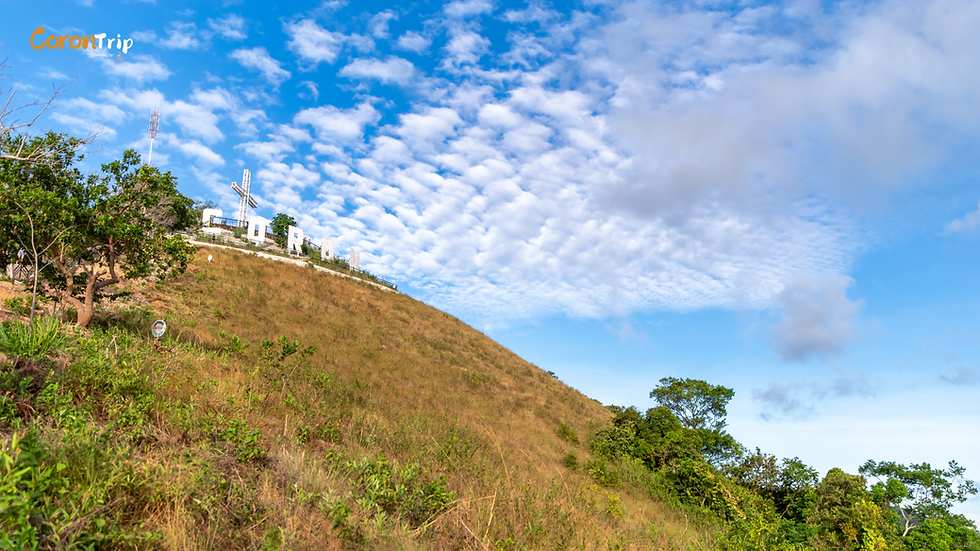Coron, Palawan: A History
- Peps Bustamante
- Apr 8
- 2 min read

The Island that Breathes in Memory
In the remote cradle of the Calamian archipelago lies Coron, a sanctuary veiled by time and tidal memory. Here, history does not rest beneath plaques or preserved ruins—it clings to salt-stained limestone cliffs, submerges in rusting steel hulls, and resonates in the oral traditions of the Tagbanua people.
Where Spirits Dwell in Rock and Water
Before the Spanish conquistadors etched maps with imperial intent, Coron was already a nexus of ancient maritime routes. The indigenous Tagbanua, with their animistic reverence and ancestral rituals, regarded the landscape not as property, but as kin. Their cosmology infused the mangroves, lakes, and karst spires with sacred consequence. Coron Island, in particular, was—and remains—a cultural demarcation, where the divine intersects the corporeal.
Faith and Fracture in the Age of Crosses
The colonial incursion, first felt in the 17th century, brought disruption and displacement. Spanish missionaries, with cross and catechism, imposed new doctrines, yet the resilience of indigenous belief systems endured beneath the surface. Coron did not submit so much as it adapted, cloaking resistance in assimilation.
Steel Tombs Beneath Sapphire Waters
Fast forward to the early 20th century, and the waters surrounding Coron would again be marked by global conflict. During World War II, the United States Navy launched a dramatic aerial offensive on Japanese supply ships concealed in Coron Bay. The skeletal remains of these vessels now lie quietly beneath the waves, not merely as dive attractions, but as maritime mausoleums—each hull a chapter of forgotten wartime desperation.
The Quiet Rebirth of a Sacred Shore
It was not until the latter half of the 20th century that Coron’s allure began to reach international consciousness. Yet this emergence was never purely about pristine beaches or cerulean lakes. Coron seduces because it holds contradiction. Its visual poetry is undeniable—turquoise waters carve through craggy silhouettes—but what truly compels the visitor is the gravity of its silence. Each geological fold seems to hold a story unwilling to be rushed, each reef a quiet rebellion against impermanence.
At the Crossroads of Beauty and Burden
Today, Coron finds itself at the precarious junction of preservation and progress. The tourism influx—buoyed by social media aesthetics and the commodification of “paradise”—threatens the ecological and cultural integrity of this space. The Tagbanua continue to assert their ancestral domain, resisting the erasure often masked as development. Their stewardship is not nostalgic; it is radical continuity.
A Chronicle Etched in Stone and Silence
If Coron teaches anything, it is this: history is not always visible, nor linear. It is sometimes submerged, scattered across ocean floors, or whispered in languages on the brink of forgetting. It is carved into the sharp-edged solitude of mountains that refuse to bow. And in Coron, Palawan, history is a living tension—between reverence and rupture, between myth and memory.


